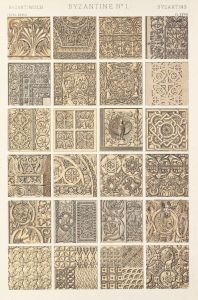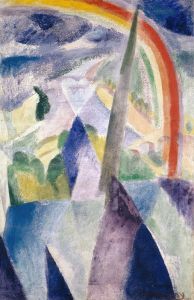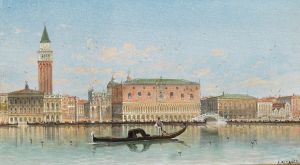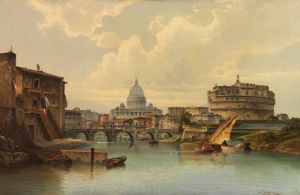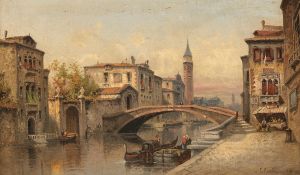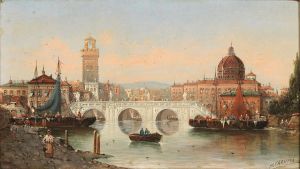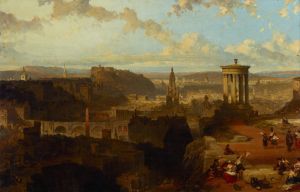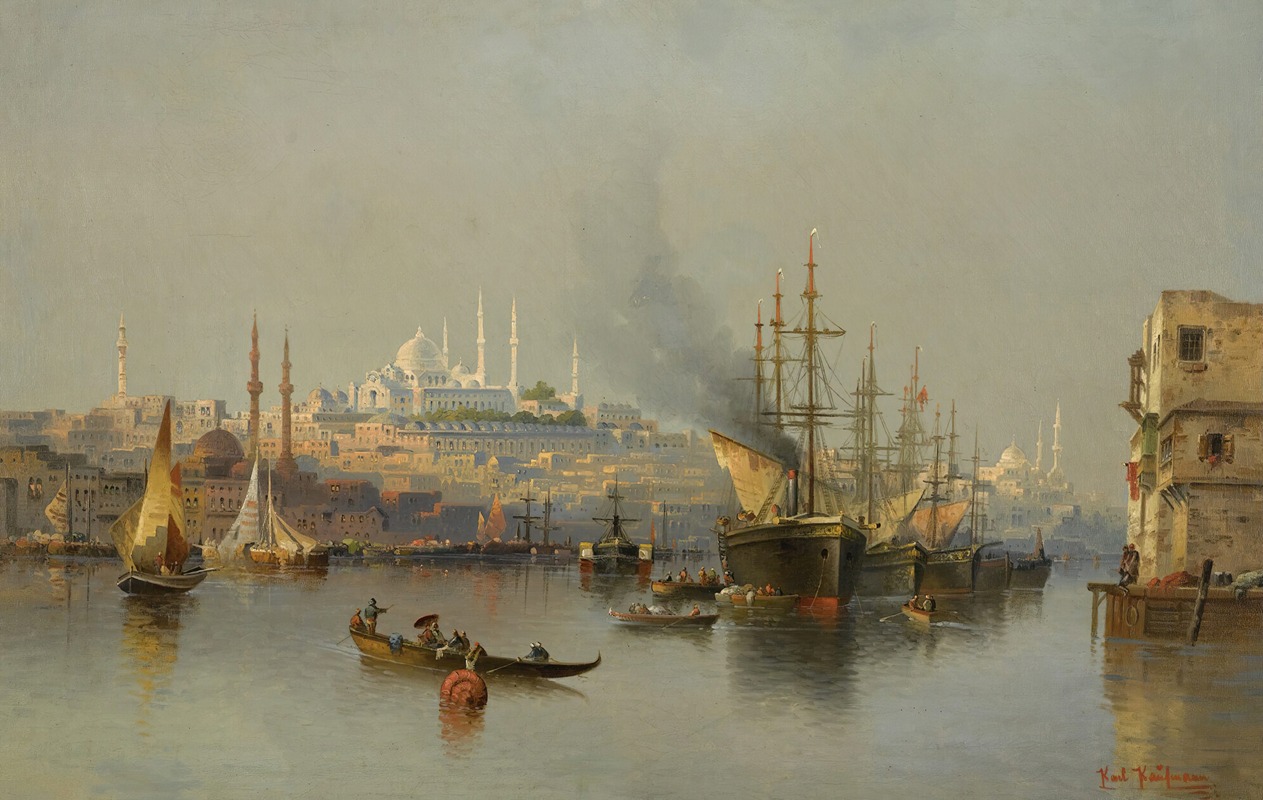
Constantinople
A hand-painted replica of Karl Kaufmann’s masterpiece Constantinople, meticulously crafted by professional artists to capture the true essence of the original. Each piece is created with museum-quality canvas and rare mineral pigments, carefully painted by experienced artists with delicate brushstrokes and rich, layered colors to perfectly recreate the texture of the original artwork. Unlike machine-printed reproductions, this hand-painted version brings the painting to life, infused with the artist’s emotions and skill in every stroke. Whether for personal collection or home decoration, it instantly elevates the artistic atmosphere of any space.
Karl Kaufmann was an Austrian painter known for his detailed and atmospheric landscapes and cityscapes. He was born in 1843 in Neuplachowitz, Austrian Silesia, and studied at the Academy of Fine Arts in Vienna. Kaufmann traveled extensively throughout Europe and the Middle East, capturing the essence of various locales in his paintings. Among his works is a painting titled "Constantinople," which reflects his interest in the exotic and the picturesque.
"Constantinople" by Karl Kaufmann is a depiction of the historic city known today as Istanbul, which was a significant cultural and economic hub during the time Kaufmann painted it. The city, straddling the Bosporus Strait, has been a bridge between East and West for centuries, serving as the capital of the Byzantine Empire and later the Ottoman Empire. Kaufmann's painting captures the vibrant life and architectural splendor of Constantinople, showcasing its unique blend of Eastern and Western influences.
Kaufmann was known for his ability to render architectural details with precision, and this is evident in his portrayal of Constantinople. The painting likely features iconic structures such as the Hagia Sophia, a masterpiece of Byzantine architecture, and the Topkapi Palace, the residence of Ottoman sultans. These landmarks are emblematic of the city's rich history and cultural significance. Kaufmann's attention to detail and use of light and shadow would have brought these structures to life, highlighting their grandeur and historical importance.
The painting also captures the bustling activity of the city, with its busy streets and waterways. Constantinople was a melting pot of cultures, with people from various backgrounds contributing to its vibrant atmosphere. Kaufmann's work often included figures engaged in everyday activities, providing a glimpse into the lives of the city's inhabitants. This human element adds depth to the painting, offering viewers a sense of the dynamic and diverse nature of Constantinople during that era.
Kaufmann's travels and exposure to different cultures greatly influenced his artistic style. His works are characterized by a romanticized view of the world, often emphasizing the beauty and allure of distant lands. "Constantinople" is no exception, as it reflects his fascination with the exotic and the picturesque. The painting likely employs a rich color palette and intricate details to convey the city's charm and complexity.
Karl Kaufmann's "Constantinople" is a testament to his skill as a painter and his ability to capture the essence of a place. Through his art, Kaufmann invites viewers to explore the historical and cultural significance of Constantinople, offering a window into a world that has long captivated the imagination of artists and travelers alike. His work continues to be appreciated for its artistic merit and its contribution to the visual documentation of historical cities.





